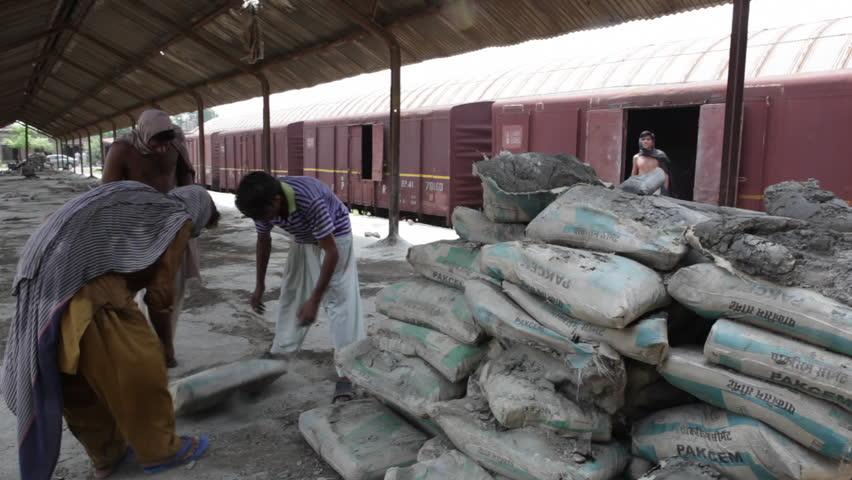Indian Railways is losing out in the race to transport cement but the national transporter is not giving up without a fight. Cement moved by rail has declined in the past year, with road transport gaining.
Railway freight charges are the main reason for this. Although they have moderated from their peak, they remain elevated. In January 2016, seven million tonnes of cement was transported through the railways, which has fallen by nearly 15% to six million tonnes in January 2017, according to a Kotak Institutional Equities report.
To remedy the situation, the ministry of railways last month announced plans for long-term tariff contracts with consumers in cement, steel and fertilizer sectors. The railways will provide a minimum guaranteed volume-linked discount on the basis of incremental growth in gross freight revenue, and the discounts will range from 1.5% to 35%. Cement companies will have to provide a minimum guaranteed quantity of traffic and meet other conditions.
Freight and forwarding costs account for 21-25% of total operating costs for cement companies and a 10% increase in freight costs could impact operating margins to the tune of 150-200 basis points, said a report by rating agency India Ratings. A basis point is one-hundredth of a percentage point. Will cement companies find the scheme attractive? Analysts have their doubts.
The commitment of one million tonnes in volumes means medium-sized firms may not be able to meet that requirement, leaving a handful of large cement companies in the fray. News reports have said companies such as UltraTech Cement Ltd and ACC Ltd are in talks with railway authorities.
In deciding the mode of transport, another factor is the distance of the railway network from the plant. A company will consider all these factors and then if the savings in cost/tonne justify the shift, it will opt for the discount scheme, said analysts. Even if the scheme does find takers, rake availability during peak season and congestion on the railway network could still act as constraints.








